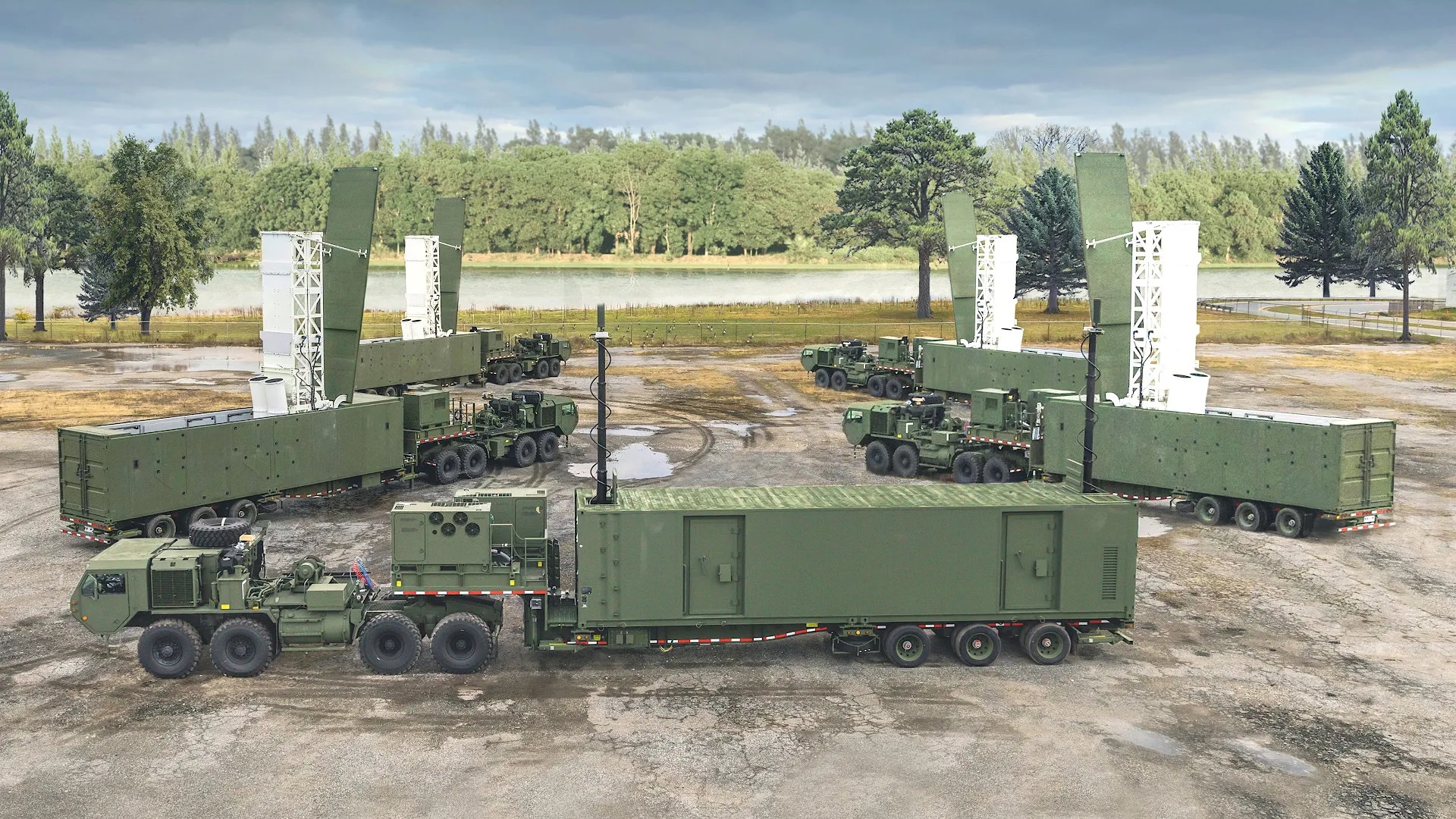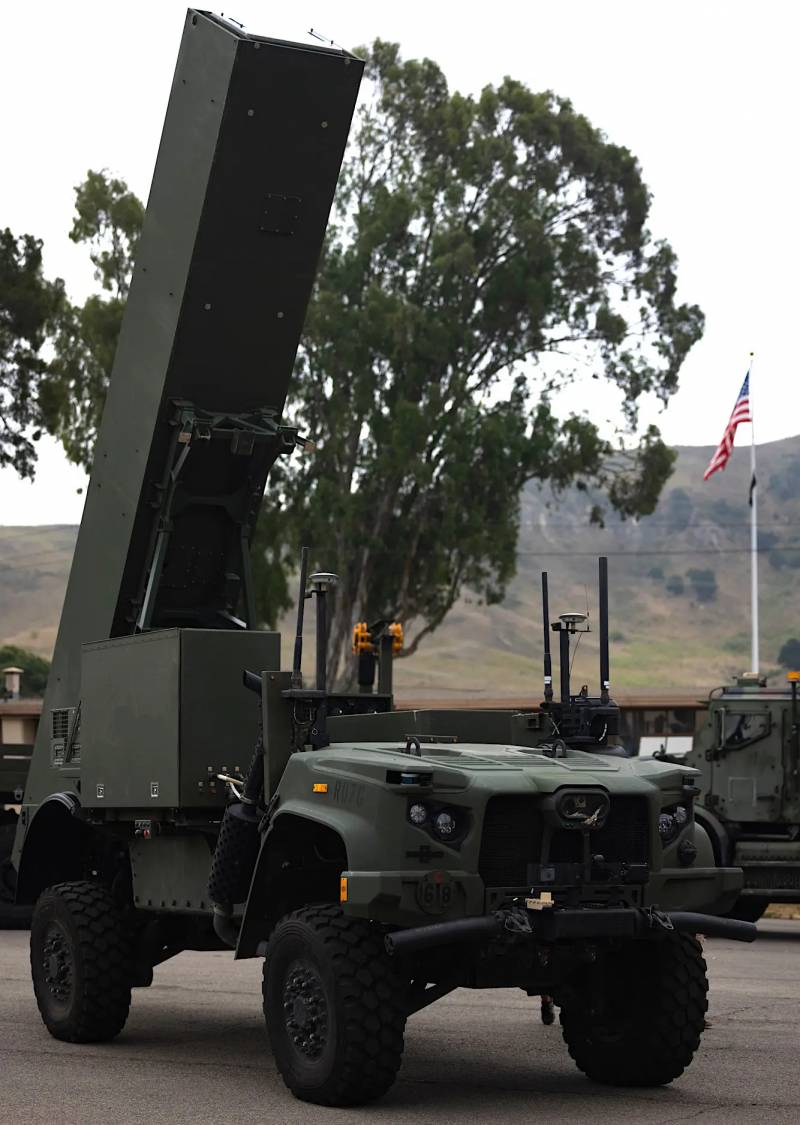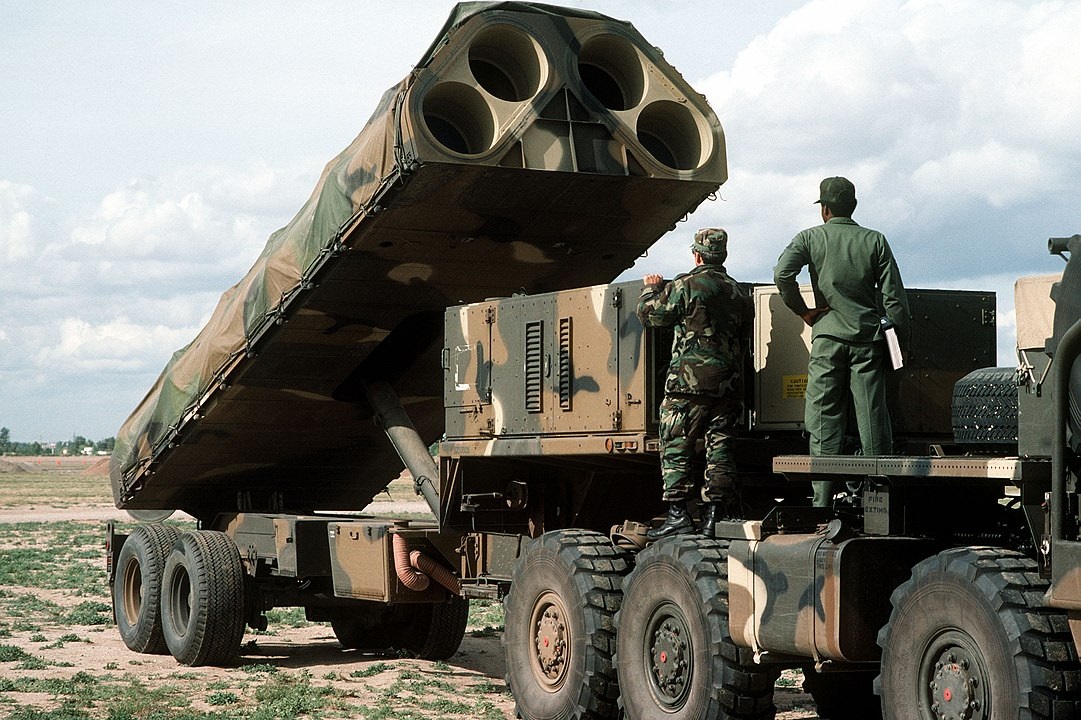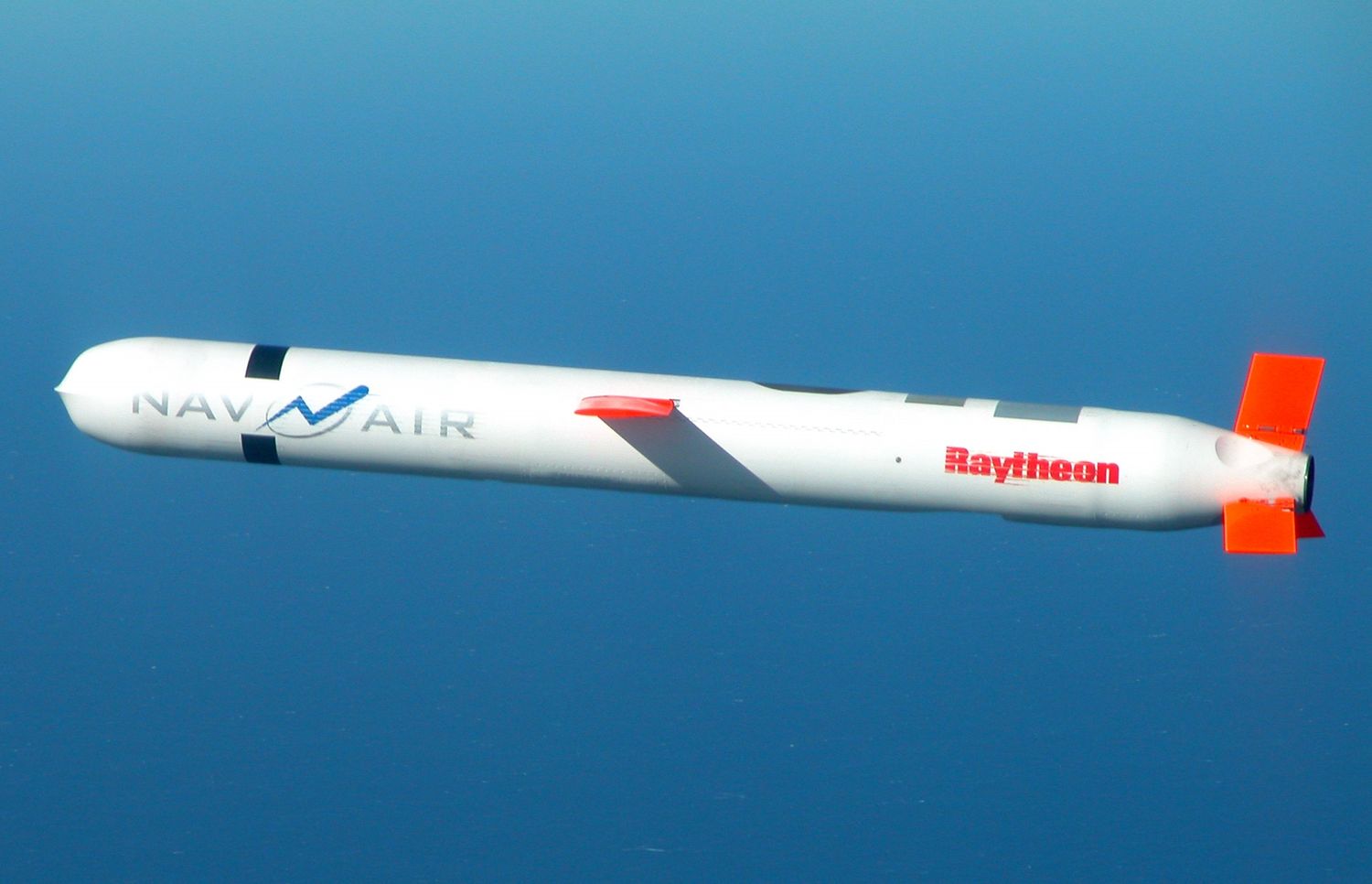Zelensky Asks for Tomahawk Cruise Missiles from the West for His «Victory Plan» Against Russia
Ukrainian President Volodymyr Zelensky has been touring the West for weeks seeking support for his «victory plan,» with the hope of ending the war with Russia within a year. In this context, he requested President Biden to supply Tomahawk cruise missiles as part of a «non-nuclear deterrence package».
With increasingly limited options, President Zelensky finds himself at a critical crossroads as he searches for a viable path in the war against Russia. His pleas to allies to allow the use of Western long-range missiles, such as the Storm Shadow/SCALP EG or ATACMS, against military targets inside Russian territory (beyond the Ukrainian territories occupied since 2014) have so far fallen on deaf ears. The arrival of thousands of North Korean soldiers at the front intensifies the urgency in Kyiv, which seeks to consolidate a position of strength ahead of potential peace negotiations with Moscow.

So far, Zelensky has explored several options to strengthen his negotiating position, such as expedited NATO membership or the development of indigenous nuclear weaponry to intimidate Moscow. However, none of these proposals have been well-received in the West. Given this situation, his focus for the «victory plan» has shifted toward obtaining conventional deterrent capabilities, seeking to incorporate strategic long-range weaponry like the Tomahawk missiles.
The Tomahawk missiles Zelensky seeks
The Tomahawk cruise missile is a precision strategic weapon that can be launched from ships, submarines, and land platforms, reaching targets over 1,000 nautical miles away, even in heavily defended airspace. To leverage these capabilities for a potential armed conflict in the Pacific, the U.S. Army and the Marine Corps are experimenting with mobile land-based Tomahawk launchers to enhance their deep strike capability—systems that Zelensky hopes to acquire.

The U.S. Army is testing the Typhoon system, which includes four multiple launchers for SM-6 and Tomahawk missiles, along with a command post and reloading vehicles, all mounted on trailers. Meanwhile, the Marine Corps is developing a lighter, more mobile variant that consists of a single-cell launcher installed on a 4×4 all-terrain vehicle. This latter version could be more useful in the context of the war in Ukraine, where it is crucial for fire units to deploy and disperse quickly to avoid counter-battery fire and Russian drone attacks.

During the Cold War, the U.S. Air Force also deployed variants of the Tomahawk with nuclear warheads, known as BGM-109G Gryphons, launched from land. Although recovering some of these launchers could be an option if Washington decided to support Kyiv’s strategic deterrence ambitions, this currently does not seem to be on the agenda.

An Unrealistic Plan?
According to a recent article in the New York Times, the Ukrainian president’s proposals have received a lukewarm response from Western leaders. U.S. officials, speaking on condition of anonymity, expressed frustration to the newspaper with Mr. Zelensky’s victory plan, deeming it unrealistic and overly dependent on Western aid.
For instance, the request for Tomahawk missiles as part of a «non-nuclear deterrence package» is considered entirely unfeasible. Among the objections raised by U.S. politicians and military officials is the argument that the target list within Russia far exceeds the number of missiles that the U.S. or any other ally could provide without jeopardizing their own reserves, which are intended for potential conflicts in the Middle East and Asia.


Para comentar, debés estar registradoPor favor, iniciá sesión